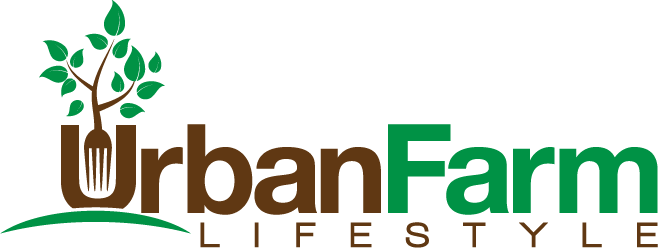Healthy-Sustainable-Regenerative Lifestyle
Bee Propolis
Propolis or bee glue is a resinous mixture made by honey bees from mixing saliva and beeswax with botanical sources like tree sap.
David Proctor
We may not live on a farm, but we can grow where we live.
It is all about the soil!
Harvesting Honey Bee Propolis
by David Proctor
September 9, 2021
Urban Farm Lifestyle Magazine Published Weekly
The propolis at one time was just considered a nuisance since it can make it laborious to get in the hive and do an inspection or to extract honey.
Hive Frames
A few reasons the bees go to so much trouble to make propolis is that they use it to reduce the entrance into the hive, to make it more defensible, they use it to seal cracks or other openings, bees prefer a dark hive, and propolis is used by the bees medicinally.
Propolis is one of the most powerful antimicrobial substances found in nature. Not only do bees use it as a building material but also use it to sterilize and disinfect the beehive.
Bee Comb
It has been found that the typical composition tends to have an approximate “45-55% resins, 25-35% waxes and fatty acids, 10% essential oils and aromatic compounds (phenolics), which includes vanillin and gives the propolis the vanilla-like smell and 5% pollen.”
An additional 5% of the makeup of propolis is “bioflavonoids known as Vitamin P and citrin”.
A few other compounds have not even been able to be identified yet by researchers.
Next are some methods to collect and process propolis.
Traps can be used that are thin plastic sheets with thin slits and placed in the hive instead of the inner cover.
Bees will fill the gaps in with propolis. This can be removed from the trap by putting it in a plastic bag and placing it in a freezer for a few hours.
When taken out, the trap can be twisted or banged on the table while in the plastic bag and most of the propolis will fall down into the bag.
You can use the propolis in this form if you would like. It can be chewed like gum to help with sore throats.
Propolis can also be collected by catching the hive scraping when cleaning out the honey supers during the honey harvest.
Propolis In Hive
Unlike propolis collected from a trap, hive scraping will tend to have other things in it like beeswax, wood, bee parts, etc.
One way the contaminants can be removed from the propolis is by soaking the scraping in a bucket of water.
Most of the contaminants will float and can be removed.
Another way to clean propolis hive scraping is to place the scraping in an oven-proof container and cover it with two to three inches of water.
Place in oven at 200 degrees and bake for two hours, stirring often.
The melted wax and other pieces will float and the propolis will stick to the bottom of the container.
Let cool and pour off the water with the unwanted materials in it and now you have just the propolis on the bottom.
Place the pan in the freezer and when the propolis is brittle it can be removed by chipping it out of the container.
If you want to make a tincture, use the highest quality of grain alcohol, pure alcohol or ethyl alcohol, or any food-grade alcohol that is at least 130 proof (65% alcohol).
Never use rubbing alcohol.
Grind the propolis into a powder to give it more surface area for the alcohol, and place alcohol and propolis into a water-tight container, seal, and shake briefly.
Shaking should be repeated once or twice a day for over one or two weeks.
The next step is to filter the extract through a paper filter or fine cloth.
The result will be a clear liquid, free of particles and dark brown or reddish in color. This can now be bottled.
To make a tincture without alcohol, the propolis can be soaked in water or boiling it in water.
When boiling some of the aromatics may be lost, but this still has and proves to be a powerful bactericidal and fungicidal extract.
An oil extract of propolis may be obtained by filling a pot with propolis and any food-grade oil like coconut oil or even butter.
The contents of the pan are gently heated in a water bath and continually stirred for about ten minutes.
The resulting extract can be filtered and stored in sealed containers in the dark.
Even though the alcohol process results in the most potent extract, it does not mean it will be the best for the use that you need it for.
You should never use an alcohol extract around your eyes and should not be used on individuals with sensitivity to alcohol.
As you can see, the processing of propolis is not very difficult and can be used for many treatments for various ailments.
Bees
Honey bees make amazing products besides just honey.
Check It Out!
How to make a Propolis Tincture. 7:22
Apr 26, 2020
Innisfil Creek Honey
Quick Tip

Bibliography:
Conrad, Ross. “Processing Propolis: Part 1.” Bee Culture –, 9 Sept. 2021, www.beeculture.com/processing-propolis-part-1/.
Everything You Need To Know About Bee Propolis – Comvita USA, www.comvita.com/blog-article/everything-you-need-to-know-about-propolis/W5200215.
“Propolis.” Wikipedia, Wikimedia Foundation, 9 Sept. 2021, en.wikipedia.org/wiki/Propolis.







Recent Comments